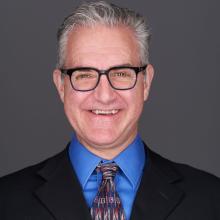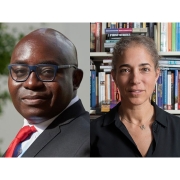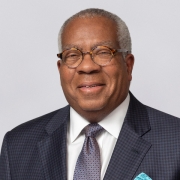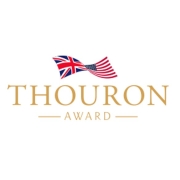Physicist and Physician Receive NIH Grant to Develop Portable COVID-19 Detector

A team led by Penn Arts & Sciences physicists and Penn Medicine physicians has been awarded a two-year, $2 million grant by the National Institutes of Health (NIH) National Center for Advancing Translational Sciences. The grant will support the development of a handheld device that can detect the signature “odor” of people with COVID-19.
A.T. Charlie Johnson, Rebecca W. Bushnell Professor of Physics and Astronomy, is the principal investigator of the project. Benjamin Abella, a professor of Emergency Medicine at Penn Medicine, is co-investigator.
Coronavirus infections are currently spreading at a rate of more than a million new recorded cases every three days, as the worldwide case total approaches 100 million. Preliminary tests of the “sniffer” device using clothing from 30 people with or without COVID-19 indicate that it detects the chemical signature of a COVID-19-positive person with more than 90 percent sensitivity, and correctly detects COVID-19 negatives at a similar rate—with results being available in seconds.
“Our goal is a system that can be easily and cost-effectively deployed in workplaces, restaurants, retail stores, stadiums—anywhere—to help get the world back to something that resembles normal,” says Johnson.
“We’re hoping to scale this up rapidly, and we think the technology could be useful not just against COVID-19 but also against future pandemic illnesses,” Abella adds.
Humans, like other animals, exhale and emit from their skin various carbon-based chemical compounds, called volatile organic compounds (VOCs), that are byproducts of bodily processes and exist as gases at ordinary room temperatures. In part due to reports of dogs, cats and other animals using their powerful senses of smell to detect diseases in humans, researchers in recent decades have been developing electronic sniffer devices. In principle, different diseases alter bodily processes in distinctive ways, resulting in distinctive VOC signatures that such sniffer devices could detect for diagnostic or mass screening purposes.
The sniffer device that will be prototyped and tested under the new grant uses a nano-sensor array that was developed in the Johnson lab and can detect VOCs in the air close to people or their clothing.
The researchers expect within a year to start testing their prototype device on consenting patients in the emergency department at the Hospital of the University of Pennsylvania. By the end of the two-year grant period, they hope to be ready to apply for Food and Drug Administration clearance.
To read the full announcement, click here.





